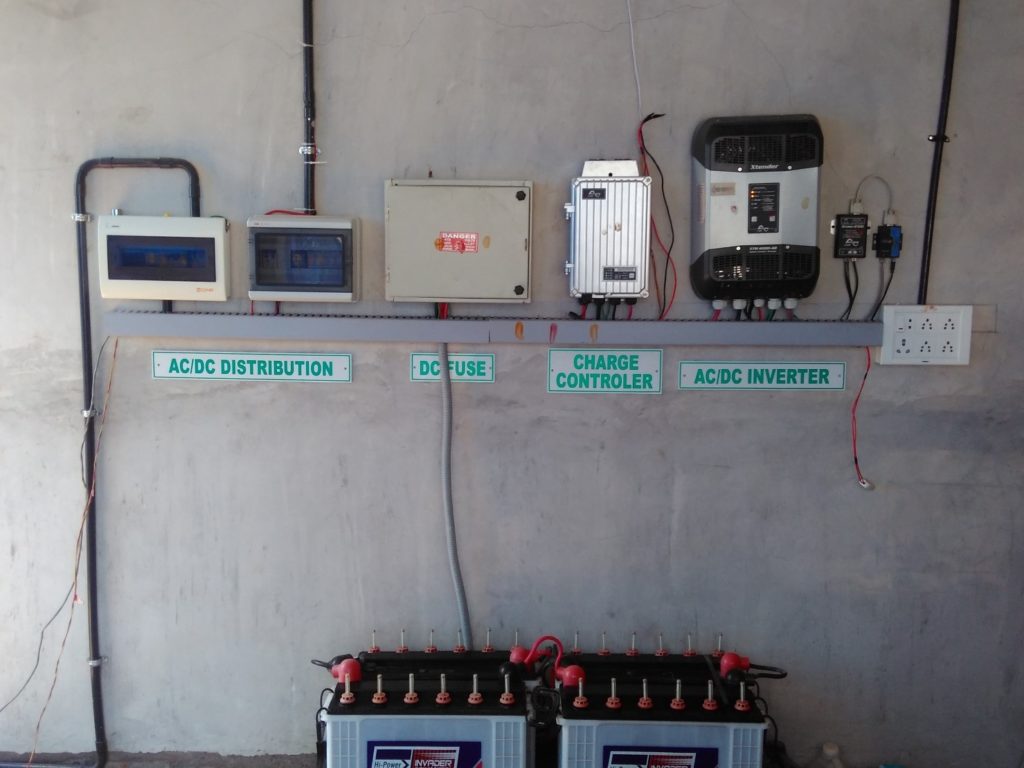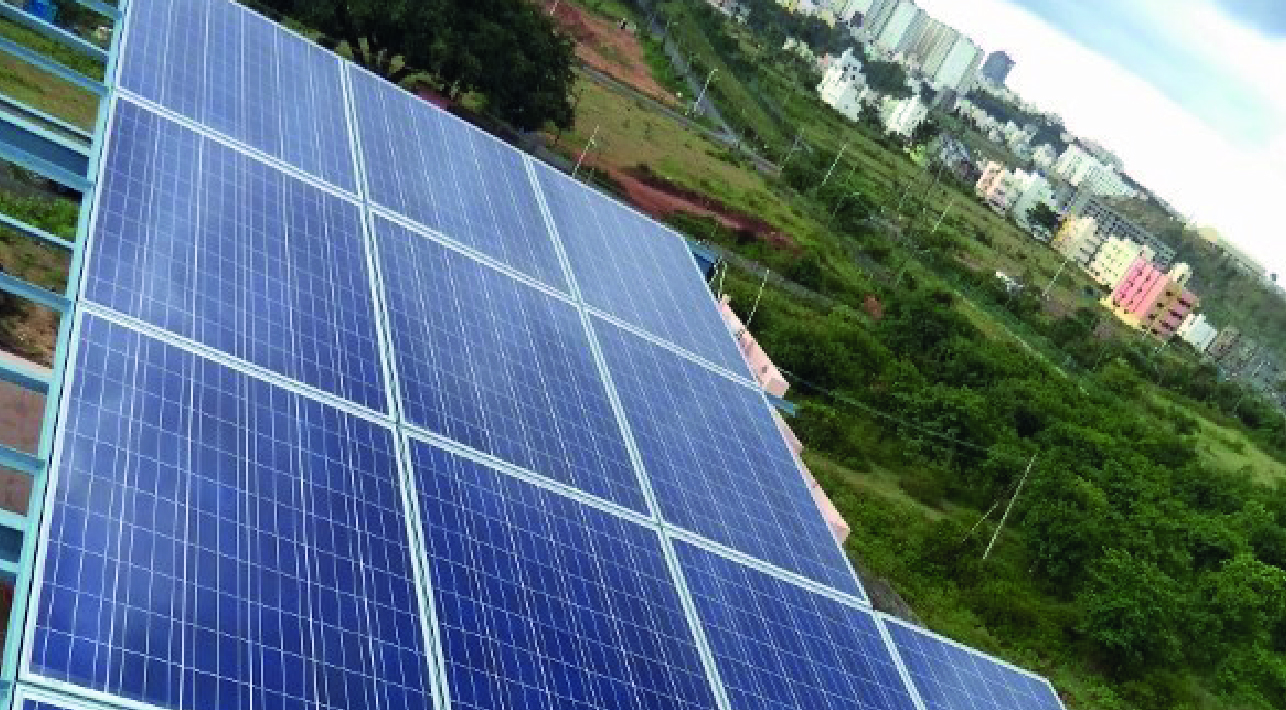A self-consumption system to become energy independent to protect against an unstable grid
To manage a small industrial business is challenging and even more so when the erratic power supply from the electrical grid makes it impossible to stock to production plans or to meet set delivery dates. Collaborators have to be paid their salaries, even though they are incapacitated to perform their work. In July 2015 Nammane Industries, a manufacturer of disposable bowls, plates and cups made from Areca leaves situated in Bangalore, decided to change this situation by investing in a self-consumption system to become energy independent.
A system for his business and for his home
As many small businesses, Nammane Industries is situated in the same building as its owner’s private home. The self-consumption system was therefore dimensioned to cover loads of both industrial and domestic character. The industrial loads included a hydraulic lift in single phase and other machines for making the plates.
A 5kW rooftop PV plant was installed on the building’s roof. For practical reasons the 20 panels were mounted on a metal structure providing access to the roof for other activities such as children playing or drying clothes.

The complete loads are powered with solar power. This way the machines keep working even during power cuts. If there is excess power it is injected into the grid against a feed-in tariff, making money for the owner. The system avoids any manual intervention and supervises all aspects: from generation to charging of batteries, supply to industrial and domestic consumption and feeding into the grid.
Reliable devices to counteract power fluctuations coming from the grid
In this geographical area, the voltage fluctuations are high and most industrial equipment won’t work. By using our devices the surge capacity needed by the machines are met and the inverter/chargers produce a pure sine wave AC power output which make all machines perform at their best.
What is the outcome of the project?
So far the system has always produced more energy than needed giving the owner the possibility to sell power to the grid by using the inverter/chargers that automatically control the required in-house consumption and accordingly supply the surplus to the grid. Providing a welcome extra revenue. The company has been able to make on-time deliveries to their customers, as they no longer experience any power cuts.


